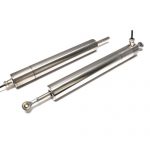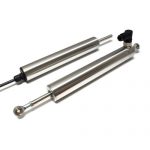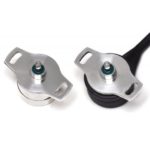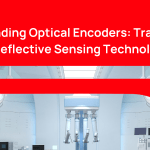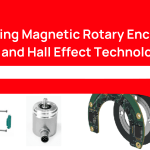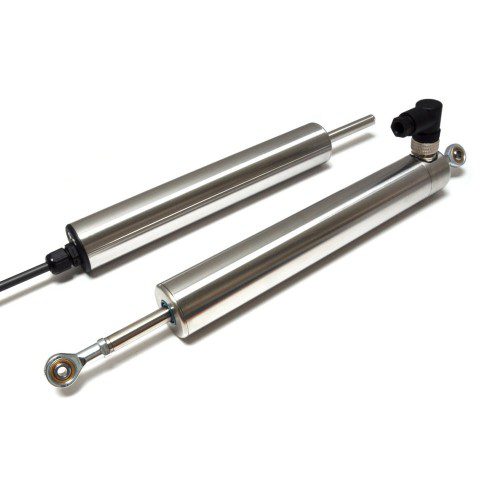
Positek
X101
Part no.: X101
Key Features
• ATEX/IECEx approved to: Ex II 1G : Ex ia IIC T4 GA (Ta = -40°C to +80°C)
• Sensor Mounting: M5 Rod Eyes, Body Clamps or M5 ThreadsSpring loaded pushrod option available
• Any stroke from 0-5mm to 0-800mm (e.g. 305mm)
• Sealed to IP65/67 depending on connector/cable option
The intrinsically safe X101 is ATEX and IECEx approved for use in potentially explosive gas/vapour atmospheres. It is designed for industrial and scientific feedback applications and is ideal for OEMs seeking good sensor performance for arduous applications in hazardous areas. The unit is highly compact and space-efficient, being responsive along almost its entire length.
The X101, like all Positek sensors, provides a linear output proportional to displacement. Each unit is supplied with the output calibrated to the travel required by the customer, from 0-5mm to 0-800mm and with full EMC protection built in. The sensor is very robust, the body and push rod being made of stainless steel for long service life and environmental resistance.
Overall performance, repeatability and stability are outstanding over a wide temperature range. The sensor is easy to install with mounting options including M5 rod eye bearings and body clamps. The push rod can be supplied free or captive, with female M5 thread, an M5 rod eye, or dome end, Captive push rods can be sprung loaded, in either direction, on sensors up to 300mm of travel. Environmental sealing is to IP65 or IP67, depending on selected cable or connector options.
Positek intrinsically safe sensors are designed to be used with a galvanically isolated amplifier . Approved galvanic isolation amplifiers (X005) are available from Positek; there is a choice of 0.5-9.5V or 4-20mA transmission outputs.
The sensor can be installed with a cable length up to 1km between the sensor and the amplifier.
"*" indicates required fields

